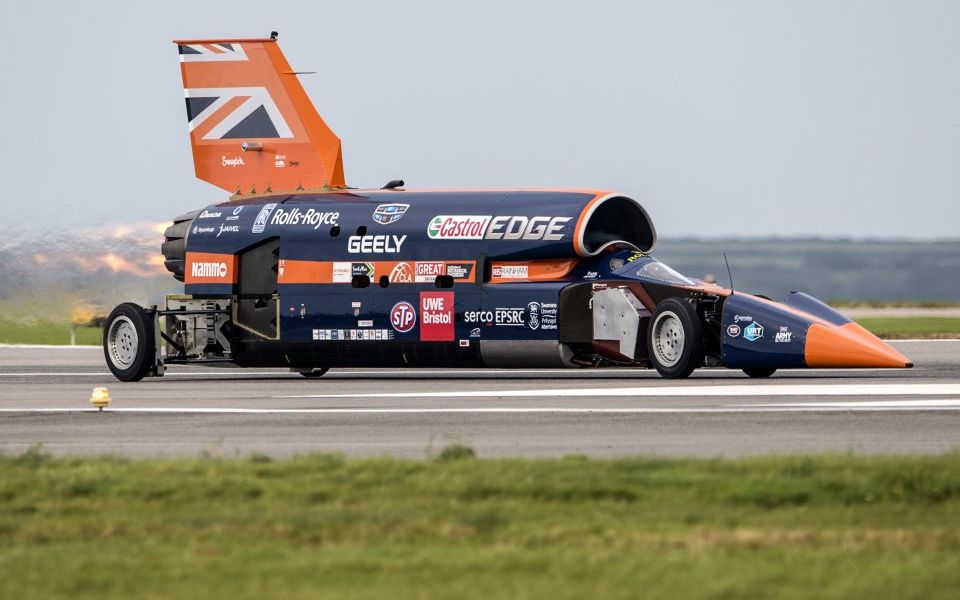Land speed record-chasing Bloodhound car project goes into administration

The project to break the land speed world record has been placed into administration after it was revealed it needed £25m to keep going.
The Bloodhound project aims to hit speeds of 1000 mph at a purpose-built track in South Africa. It has already reached 200mph in test runs.
The project, which was founded in 2007, has proved to be a major R&D catalyst and has attracted more than 2m children as part of a Stem education campaign.
Bloodhound also counted Rolls-Royce, Rolex and the Ministry of Defence as it partners, who lent prototype engines for the car, while the Northern Cape Provincial government in South Africa supported the creation of the track.
Bloodhound Programme Ltd, the company behind Project Bloodhound, has called in FRP Advisory as administrators.
FRP Advisory's Andrew Sheridan said: “Bloodhound is a truly ground-breaking project which has already built a global audience and helped to inspire a new generation of STEM talent in the UK and across the world. Entering into administration provides some breathing space to identify an investor who will bring the guaranteed funding, impetus and expertise required to drive the project forward.
“Whilst not an insignificant amount, the £25m Bloodhound requires to break the land speed record is a fraction of the cost of, for example, finishing last in a F1 season or running an Americas Cup team. This is an opportunity for the right investor to leave a lasting legacy. We are already in discussion with a number of potential investors and would encourage any other interested party to contact us without delay.”
Project Bloodhound chief engineer Mark Chapman added: “Bloodhound has had enormous success in creating the world’s most advanced land vehicle. As we now move out of the R&D phase and into the operational phase of the project, we recognise that we need a different approach to funding. This project is built around the most successful team in the history of Land Speed Racing, and with the right support we have no doubt that the project will achieve its aims and could be racing for the record in as little as ten months.”